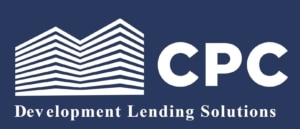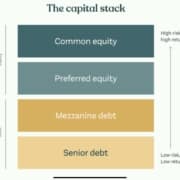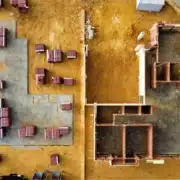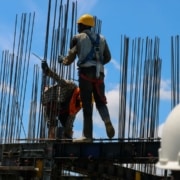Can modular housing solve Australia’s housing crisis?
Written by David Lovato – CPC Development Lending Solutions
May 2024
Australia’s soaring home prices and rental rates are increasingly placing housing out of reach for many.
This crisis is being exacerbated by a growing population and a shortfall in housing supply, which the National Housing Supply and Affordability Council has recently forecast to continue widening in the coming years.
One potential solution some experts including researchers at the University of South Australia (UNISA) and the University of Melbourne are increasingly championing is modular and prefabricated homes. They argue that this innovative construction approach could potentially transform the housing market by addressing the urgent demand for affordable, high-quality homes.
Understanding Australia’s housing crisis
The root of Australia’s housing crisis lies in the simple economic principle of supply and demand. Despite the urgent need for more housing, construction rates have not kept pace with demand.
For instance, building approval numbers in March were close to decade-lows, according to the Australian Bureau of Statistics.
This shortfall has been attributed to various factors including high construction costs, regulatory barriers, and a shortage of skilled labour.
Why modular homes could be the answer
Modular homes are constructed in a factory setting and then transported to the building site where they are assembled. This method offers several benefits that could help alleviate the housing crisis:
- Speed of construction: Modular homes can be constructed much faster than traditional homes. Components are built simultaneously off-site while the foundation is prepared on-site, significantly reducing overall project timelines.
- Cost-effectiveness: With controlled factory settings, modular construction reduces waste and can be more cost-effective. Bulk materials can be purchased at discounted rates, and the assembly-line process reduces labour costs.
- Quality and sustainability: Factory settings allow for more controlled construction conditions, which can enhance the quality and durability of homes. Additionally, modular homes often incorporate energy-efficient designs and materials, supporting more sustainable living.
- Flexibility and scalability: Modular buildings can be easily designed to meet diverse needs, from single-family homes to multi-storey apartment complexes, making them a versatile solution across various market segments.
Weather-independent construction
One of the lesser-discussed advantages of modular homes is their resistance to weather-related delays.
Weather has been identified as one of the top causes of delays and subsequent cost increases in the building industry, affecting 45% of projects worldwide, according to UNISA.
Modular construction largely circumvents this issue, as the majority of the building process occurs indoors. UNISA estimated the savings of this weather-independent construction to come in at approximately $40,000 on a build worth $6.4 million.
Financing challenges
Despite their advantages, financing modular and prefab homes presents unique challenges.
Traditional lenders are often hesitant due to the unconventional nature of the construction method.
Key issues include:
- Funding release: Many lenders typically release funds for construction projects in stages, based on on-site progress. However, because a significant portion of a modular home’s construction is completed off-site, these regular progress checks don’t align with traditional funding models.
- Security concerns: Lenders may also be concerned about the lack of physical collateral during the construction phase, as the property isn’t yet ‘on the land’ it will ultimately occupy.
Creative financing solutions
Fortunately, innovative solutions are emerging to bridge these financing gaps:
- Amended payment terms: To align with the modular construction process, some lenders will agree to modify their payment terms. This can involve specific agreements to release funds based on different stages of off-site and on-site completion.
- Using existing assets as security: Developers might use existing property as collateral to secure funding, providing lenders with the needed security to release funds earlier in the construction process.
- Partnering with modular companies: Some developers and lenders are forming partnerships directly with modular construction companies. These partnerships can include pre-arranged financing agreements that accommodate the unique aspects of modular construction.
- Specialised financial products: A few forward-thinking financial institutions have begun offering loan products specifically designed for modular construction. These products take into account the unique aspects of modular building, such as faster construction times and different risk profiles.
Engaging with lenders early
If you are considering a modular housing project, engaging with lenders early in the process is crucial.
Discussing the modular construction model upfront will help lenders understand the process and, potentially, tailor their financial products to better meet your needs.
Working with a specialist property development finance broker such as Crowd Property Capital can help you find the right lender open to more creative funding solutions.
Crowd Property Capital is a property development finance specialist. We help property developers overcome their funding challenges by sourcing loans for land, construction and residual stock. Contact us at info@crowdpropertycapital.com.au or fill in this form.
